Home>Technology>Home Entertainment Systems>How Was Television Invented
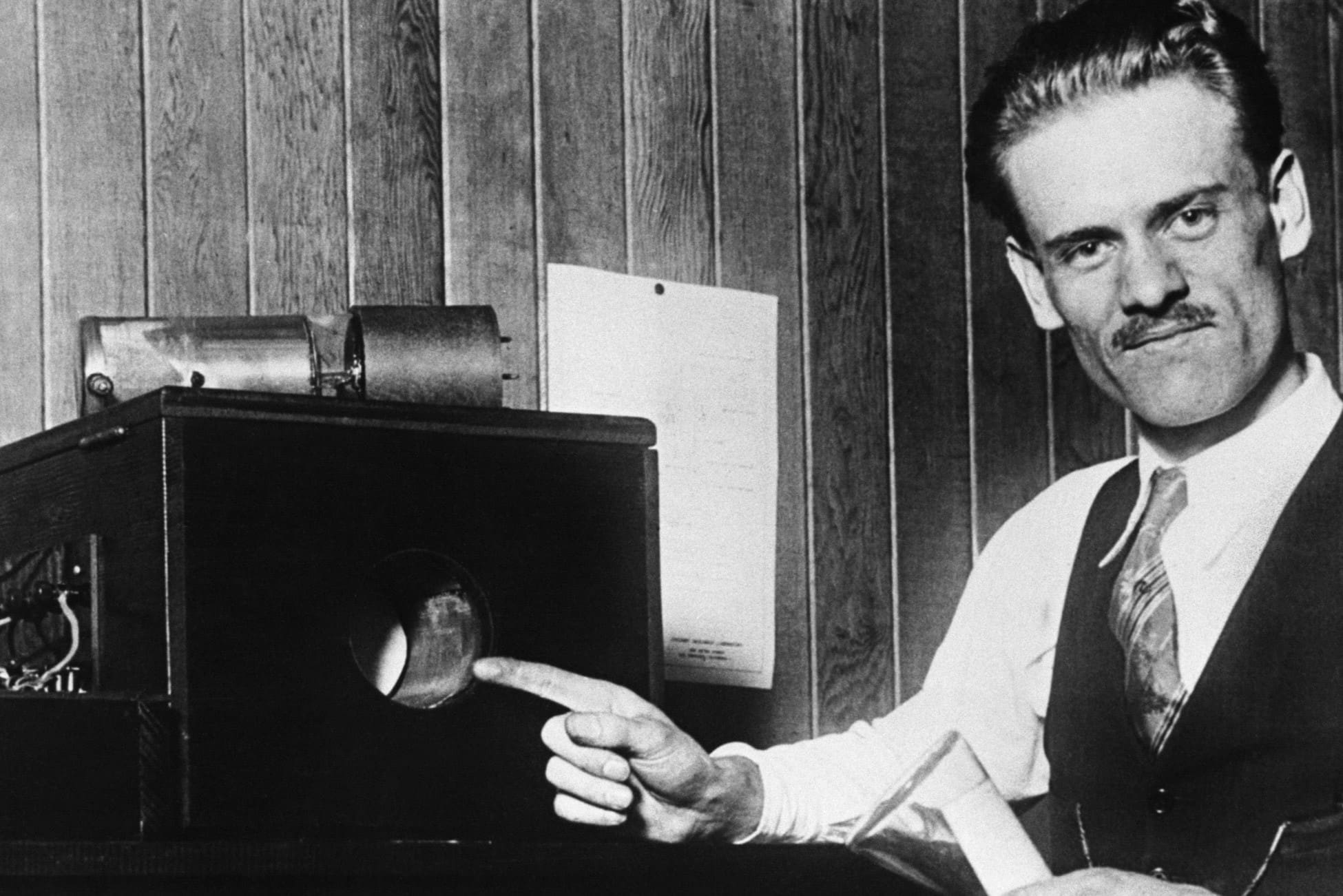

Home Entertainment Systems
How Was Television Invented
Modified: February 25, 2024
Discover the fascinating history behind the invention of television and how it revolutionized home entertainment systems, shaping the way we experience visual media today.
(Many of the links in this article redirect to a specific reviewed product. Your purchase of these products through affiliate links helps to generate commission for Storables.com, at no extra cost. Learn more)
Introduction
Welcome to the fascinating world of home entertainment systems. Nowadays, having a high-quality and feature-rich entertainment setup is more important than ever. Whether you’re a movie lover, a sports enthusiast, or a gaming aficionado, a home entertainment system can take your viewing and listening experiences to new heights.
In this article, we will explore the evolution of home entertainment systems and delve into the various components that make up a modern-day setup. From television screens to audio systems, streaming devices to gaming consoles, we’ll cover it all. So, sit back, relax, and let’s embark on a journey through the captivating realm of home entertainment systems.
Key Takeaways:
- Television has come a long way from its mechanical beginnings to the digital age of streaming and smart technology, revolutionizing how we consume and experience entertainment.
- The impact of television on society has been profound, shaping popular culture, influencing politics, and transforming the dynamics of communication.
Read more: Who Invented The Plasma Television?
Early Development
The concept of home entertainment systems can be traced back to the early development of television technology. In the late 19th century, inventors and scientists began exploring the possibility of transmitting and receiving moving images electronically.
One of the key pioneers in this field was Scottish engineer John Logie Baird, who is credited with inventing the first working television system in the 1920s. Baird’s system utilized mechanical technology, with a spinning disk that captured and displayed images. Although crude by today’s standards, Baird’s invention marked the birth of television as we know it.
Simultaneously, other inventors, such as Philo Farnsworth in the United States and Vladimir Zworykin at the Radio Corporation of America (RCA), were also making significant strides in television development. Farnsworth is credited with devising the first fully electronic television system in 1927, while Zworykin invented the iconoscope, a key component of television cameras.
As television technology advanced, various countries around the world began to experiment with broadcasting television signals. The British Broadcasting Corporation (BBC) conducted the first public television broadcast in 1929, presenting a stage performance of “The Man with the Flower in His Mouth” to a limited audience.
While television systems were being developed, another significant technological innovation emerged – the cathode ray tube (CRT). This invention revolutionized televisions by providing a way to display images using electron beams and phosphorescent screens. The invention of color television in the 1950s further enhanced the viewing experience for audiences.
As television technology became more refined and accessible, the demand for home entertainment systems grew. People began to realize the potential of bringing the magic of the silver screen into their living rooms, and the entertainment landscape would never be the same again.
The Birth of Television
The birth of television as a mass medium can be attributed to a series of significant milestones in the early 20th century. With the advancements in technology and the pioneering efforts of inventors, television slowly transitioned from a novelty to a mainstream form of entertainment.
One critical moment in the birth of television was the first live television transmission. On September 7, 1927, Philo Farnsworth, a young American inventor, successfully transmitted a live image via his fully electronic television system. This groundbreaking achievement paved the way for future progress in television technology.
Following Farnsworth’s success, television broadcasting began to gain momentum. In 1936, the BBC launched the world’s first regular high-definition (HD) television service. This marked a significant milestone in the history of television, as it offered viewers a more immersive and visually stunning experience.
Another key development was the establishment of the National Television System Committee (NTSC) in the United States in 1940. The NTSC introduced a standardized system for broadcasting television signals, ensuring compatibility and uniformity across different television sets. This standardization played a pivotal role in the widespread adoption of television in households around the world.
Television continued to evolve with the introduction of color broadcasting. In 1953, the Federal Communications Commission (FCC) in the United States approved the color broadcasting standard, allowing viewers to enjoy a more vibrant and realistic viewing experience. This advancement brought television to a whole new level, captivating audiences with vivid imagery.
Throughout the 20th century, television manufacturers made great strides in improving picture quality and audio technology. From the advent of plasma screens and LCD panels to the introduction of surround sound systems, television became a centerpiece of modern home entertainment systems.
Today, televisions have evolved into sleek, high-definition marvels that offer stunning visuals, smart features, and immersive audio. From LED to OLED, curved screens to ultra-high-definition resolutions, television technology continues to push the boundaries of what is possible.
The birth of television laid the foundation for the revolution in home entertainment systems that unfolded over the years. From humble beginnings to cutting-edge technology, television has played a pivotal role in shaping how we consume media and experience entertainment in the comfort of our homes.
The First Television Broadcasts
After the invention and development of the television, the next step was to bring this fascinating medium to the masses through the first television broadcasts. These early broadcasts not only showcased the technological advancements in television but also provided audiences with a glimpse into a new era of entertainment.
The first public television broadcast took place on November 2, 1936, by the British Broadcasting Corporation (BBC) in the United Kingdom. The event was a milestone, as it marked the beginning of regular television broadcasting, paving the way for the future of the medium.
In the United States, the first television broadcast is credited to NBC (National Broadcasting Company). On April 30, 1939, NBC showcased the opening of the New York World’s Fair, making it the first live long-distance television broadcast in the country. This historic event was a significant achievement and caught the attention of viewers across the nation.
From these initial broadcasts, television programming expanded rapidly. In the early days, the majority of television content consisted of live performances, such as concerts, variety shows, and theatrical plays. The limited number of television sets made these broadcasts exclusive to a fortunate few.
During the 1940s and 1950s, as more households acquired televisions, the demand for content grew, leading to the development of sitcoms, dramas, and news programs. Television networks played a crucial role in producing and broadcasting shows, establishing themselves as major players in the entertainment industry.
One of the most iconic moments in television history was the 1969 Moon landing. As millions of viewers tuned in to witness the historic event, it exemplified how television had become a powerful medium for capturing significant moments in real-time and bringing them into people’s homes.
The 1980s and 1990s saw the rise of cable television and the expansion of channels, offering viewers a wider variety of options. The proliferation of satellite television and the advent of digital broadcasting further revolutionized the industry, enabling more channels and improved image quality.
Today, television broadcasts have evolved even further with the rise of streaming services. Platforms like Netflix, Amazon Prime Video, and Hulu offer on-demand access to a vast library of movies, TV shows, and original content. Viewers now have the freedom to watch what they want, when they want, on a multitude of devices.
The first television broadcasts were a pivotal moment in history, setting the stage for television to become a dominant form of entertainment. From live performances to news events and modern streaming services, television broadcasts continue to captivate and connect audiences worldwide.
The invention of television can be attributed to multiple inventors and scientists, including Philo Farnsworth and Vladimir Zworykin. It was a result of years of experimentation and technological advancements in the fields of electronics and communication.
The Evolution of Television Technology
The evolution of television technology has been nothing short of remarkable. From its humble beginnings as a mechanical device to the sleek and advanced televisions we have today, the journey of television technology has been a testament to human ingenuity and innovation.
One of the key milestones in television technology was the transition from mechanical television to electronic television. Scottish engineer John Logie Baird’s mechanical television system, invented in the 1920s, used a rotating disk to capture and display images. However, this technology had its limitations, including low image quality and the need for substantial mechanical moving parts.
In the late 1920s, inventors such as Philo Farnsworth and Vladimir Zworykin introduced fully electronic television systems. Farnsworth’s system utilized an electronic camera and receiver, while Zworykin’s system featured the iconoscope, an electronic camera tube. These advancements marked a significant turning point in television technology and paved the way for future developments.
Another major breakthrough in television technology was the introduction of cathode ray tube (CRT) displays. The CRT technology revolutionized television by utilizing electron beams to create images on a phosphorescent screen. This innovation provided sharper and more vibrant visuals, enhancing the overall viewing experience for audiences.
In the 1950s, color television made its debut, offering viewers a whole new level of immersion. The introduction of the National Television System Committee (NTSC) color standard ensured compatibility and uniformity across different television sets, leading to widespread adoption of color broadcasting.
The late 20th century saw the rise of flat-panel display technologies, such as plasma and liquid crystal display (LCD) screens. These thinner and lighter displays made it possible to have larger TVs and transformed the aesthetics of television sets. However, both plasma and LCD technologies had their drawbacks, including limited viewing angles and uneven backlighting.
The advent of organic light-emitting diode (OLED) technology in the 2000s brought about a significant leap in display quality. OLED displays offer exceptional contrast, deep blacks, and vibrant colors, thanks to their ability to self-illuminate individual pixels. This technology has become increasingly popular in high-end television sets, delivering an immersive and visually stunning viewing experience.
Alongside advancements in display technology, improvements have been made in audio systems as well. Mono sound was the standard in the early days of television, but with the introduction of stereo sound, viewers gained a more immersive audio experience. Today, surround sound systems and soundbars provide cinema-like audio quality, further enhancing the home entertainment experience.
With the rapid advancement of technology, smart TVs have become a commonplace in households. These televisions offer internet connectivity, allowing users to access streaming services, browse the web, and interact with apps directly on their TV screens. Additionally, voice control and integration with smart home devices have become prominent features of modern televisions.
The evolution of television technology has been a continuous journey of innovation, constantly pushing the boundaries of what is possible. From mechanical devices to electronic systems, from black and white to color, and from bulky CRTs to slim OLED panels, television technology has come a long way. As technology continues to evolve, who knows what the future holds for the televisions of tomorrow.
Read more: What Year Was The Television Invented
The Impact of Television on Society
Television has had a profound impact on society since its inception. It has shaped the way we receive information, interact with the world, and entertain ourselves. From influencing culture and politics to transforming the dynamics of communication, television has revolutionized various aspects of society.
One of the most significant impacts of television is its role in the dissemination of news and information. Television news programs have become a primary source of information for many people, providing up-to-the-minute updates on global events. The immediacy and visual nature of television news broadcasts have made it easier for individuals to stay informed about national and international affairs.
Television has also played a crucial role in shaping popular culture. It has given rise to iconic television shows that have become part of our collective consciousness, influencing fashion, music, and even language. TV shows have become cultural touchstones, reflecting and shaping societal trends and values.
Moreover, television has played a significant role in politics and elections. Through political debates, interviews, and campaign advertisements, television has become a powerful medium for candidates to convey their messages and connect with voters. The televised presidential debates, for example, have become essential moments in shaping public opinion and influencing elections.
The influence of television extends beyond entertainment and politics. It has transformed the way we consume media and connect with others. With the advent of reality television shows, social media platforms, and streaming services, television has become a platform for personal expression and social interaction.
Television has also impacted education. Educational programs and documentaries have become valuable tools for learning, allowing individuals to explore a wide range of subjects from the comfort of their homes. Educational channels and online resources have opened up new opportunities for distance learning and self-improvement.
However, the impact of television is not without its challenges. Excessive television viewing has raised concerns about sedentary lifestyles and decreased physical activity. It has also raised questions about the accuracy and objectivity of the information presented, as well as the effects of advertising and commercialism on society.
As technology continues to evolve, the impact of television on society will likely continue to grow and change. With the rise of streaming platforms and on-demand content, viewers have more control over what they watch and when they watch it. This shift has both positive and negative implications, offering greater convenience and personalization but also posing challenges for traditional broadcasting models.
Overall, television has had a profound influence on society, shaping our worldview, informing our decisions, and entertaining us in ways unimaginable a few decades ago. It has become an integral part of our lives, connecting us to the world and bringing diverse experiences into our homes.
Television in the Digital Age
The digital age has revolutionized the world of television, transforming how we consume and experience our favorite shows and movies. With the convergence of television and the internet, a new era of entertainment has emerged, offering viewers unprecedented convenience and a plethora of options.
One of the most significant advancements in television during the digital age has been the rise of streaming services. Platforms like Netflix, Amazon Prime Video, and Hulu have disrupted traditional broadcasting models, offering on-demand access to a vast library of content. Viewers no longer have to adhere to fixed schedules; they can watch their favorite shows and movies at their convenience.
Streaming services have not only expanded the range of content available but also introduced original programming. Shows like “Stranger Things,” “The Crown,” and “The Handmaid’s Tale” have gained immense popularity and critical acclaim, challenging the dominance of traditional television networks. These platforms have become a haven for creative freedom, attracting top talent and producing high-quality content.
In addition to streaming services, the digital age has birthed social TV experiences. Social media platforms like Twitter and Facebook have become virtual water coolers, where viewers discuss and engage with television shows in real-time. This real-time interaction has created a sense of community and engagement, making television a more interactive and social experience.
Another significant development in the digital age of television is the integration of smart technology. Smart TVs have become commonplace, offering internet connectivity and access to a wide range of apps and services. Viewers can easily switch between streaming platforms, browse the internet, and even control their televisions using voice commands.
The digital age has also brought about improvements in picture and sound quality. High-definition (HD) and ultra-high-definition (UHD) resolutions have become standard, providing viewers with incredibly sharp and vibrant visuals. Furthermore, advancements in audio technology, such as surround sound systems and soundbars, have created a more immersive and cinematic experience in the comfort of our homes.
Despite the numerous benefits of television in the digital age, it is not without its challenges. The abundance of content and choices can sometimes be overwhelming for viewers, leading to decision fatigue. Additionally, concerns about privacy and data collection have emerged as viewers increasingly interact with streaming platforms and smart TVs.
The digital age has transformed television into a personalized and on-demand experience. Viewers have more control over what they watch, when they watch, and how they engage with content. This newfound freedom has given rise to a golden era of television, where storytelling and creativity flourish, and the boundaries of traditional television are continuously pushed.
As technology continues to advance, the future of television in the digital age looks promising. With the rise of virtual reality (VR) and augmented reality (AR), we can expect even more immersive and interactive viewing experiences. The integration of artificial intelligence (AI) and machine learning may also revolutionize content recommendations, making personalized suggestions based on a viewer’s preferences and habits.
Television in the digital age has truly transformed and redefined the way we consume and interact with content. As technology continues to evolve, one thing is certain – television will continue to captivate and entertain us in innovative and exciting ways.
Conclusion
The evolution of home entertainment systems and television technology has had a profound impact on our lives and society as a whole. From the early development of television to the digital age of streaming and smart TVs, the way we consume and experience entertainment has been forever transformed.
Television has become a ubiquitous presence in our homes, offering us a window into the world of news, entertainment, and culture. It has shaped our perception of current events, influenced our choices, and connected us to a vast array of content and experiences.
The birth of television marked the beginning of a new era of visual storytelling, bringing the magic of the silver screen into our living rooms. With each technological advancement, from mechanical television to electronic systems, and from cathode ray tube (CRT) to OLED displays, television has continued to captivate and immerse us in a world of vivid imagery and lifelike sound.
Television has not only transformed our viewing habits but also revolutionized popular culture. Iconic television shows have become cultural touchstones, influencing fashion, music, and even language. From sitcoms to reality TV, from gripping dramas to eye-opening documentaries, television has become a canvas for creativity and a platform for storytelling.
With the advent of streaming services and on-demand content, television has become personalized and flexible. Viewers now have the freedom to choose what they watch, when they watch it, and how they engage with content. The digital age has brought convenience, variety, and interactivity, reshaping the way we consume and connect with entertainment.
As we look to the future of home entertainment systems, one thing is certain – technology will continue to evolve and push the boundaries of what is possible. Virtual reality (VR), augmented reality (AR), artificial intelligence (AI), and other emerging technologies hold great promise for enhancing our television experience and creating new possibilities for storytelling.
However, amidst all the advancements and innovations, it is essential to remember the core purpose of television – to entertain, inform, and inspire. As viewers, we should navigate the vast landscape of content with discernment, seeking quality programming that engages us intellectually and emotionally.
In conclusion, home entertainment systems and television have transformed the way we experience entertainment, shaping our lives and society. From the early days of mechanical television to the digital age of streaming and smart technology, the television has become an invaluable companion in our homes. So, grab your remote, turn on your television, and let the magic unfold.
Frequently Asked Questions about How Was Television Invented
Was this page helpful?
At Storables.com, we guarantee accurate and reliable information. Our content, validated by Expert Board Contributors, is crafted following stringent Editorial Policies. We're committed to providing you with well-researched, expert-backed insights for all your informational needs.
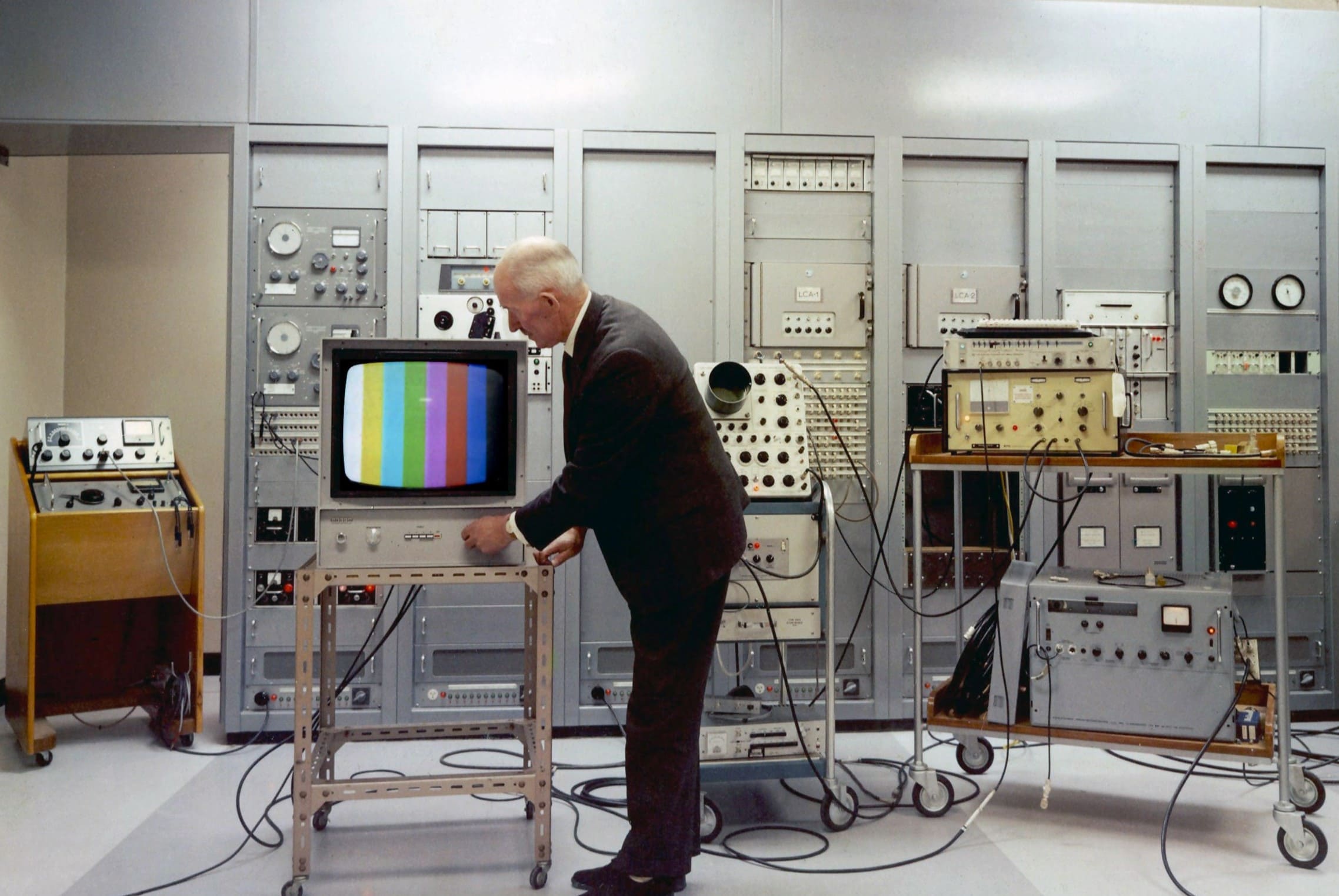
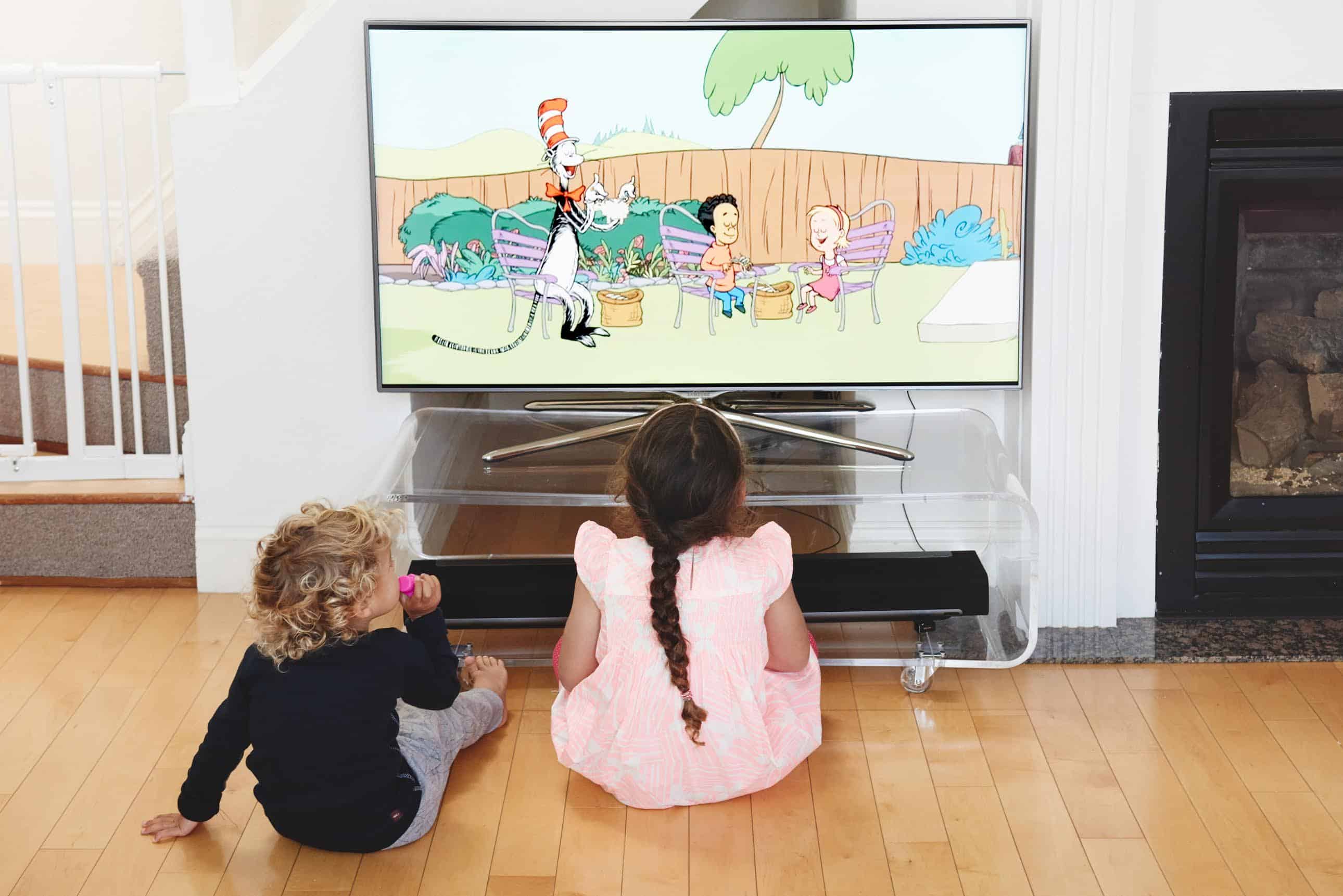



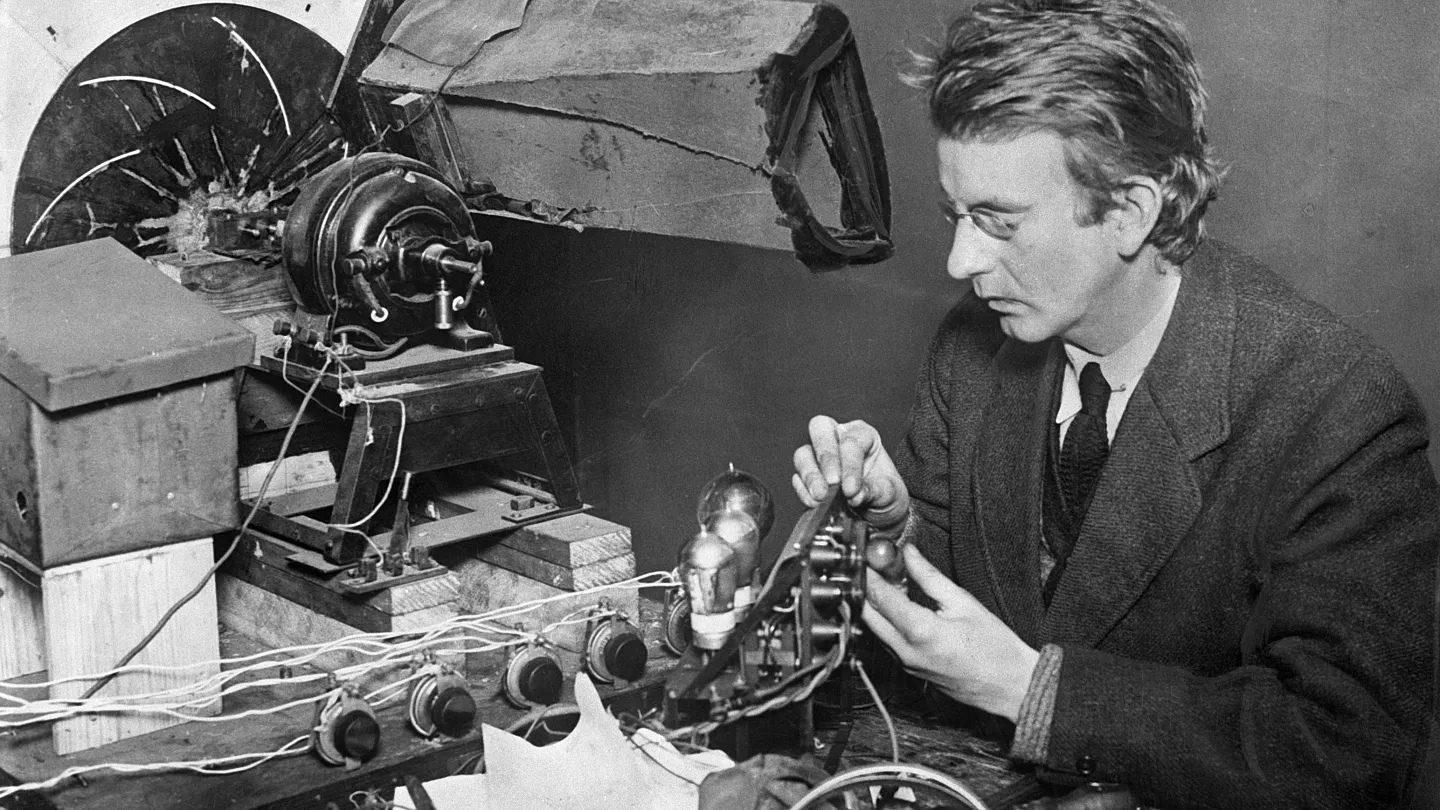
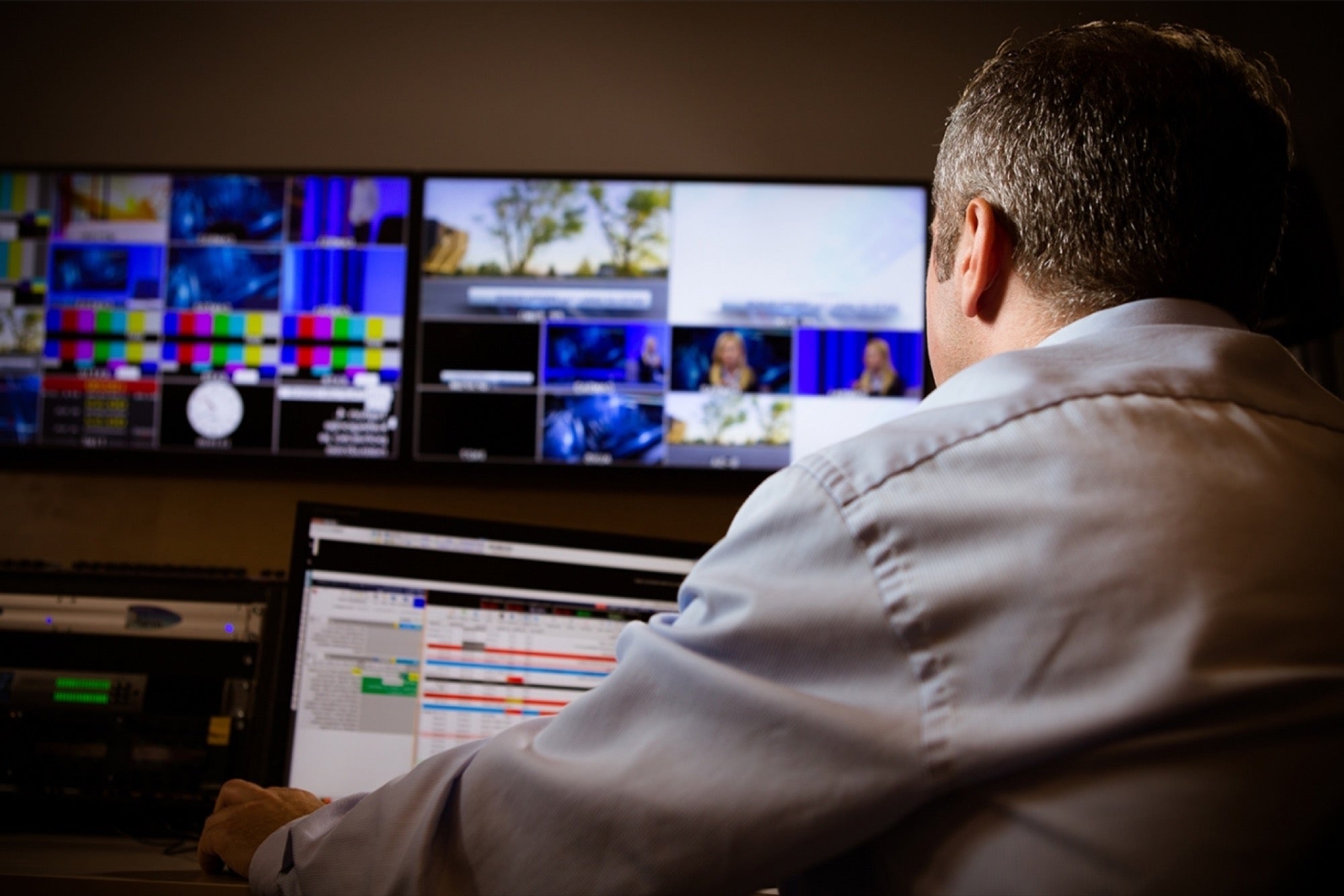






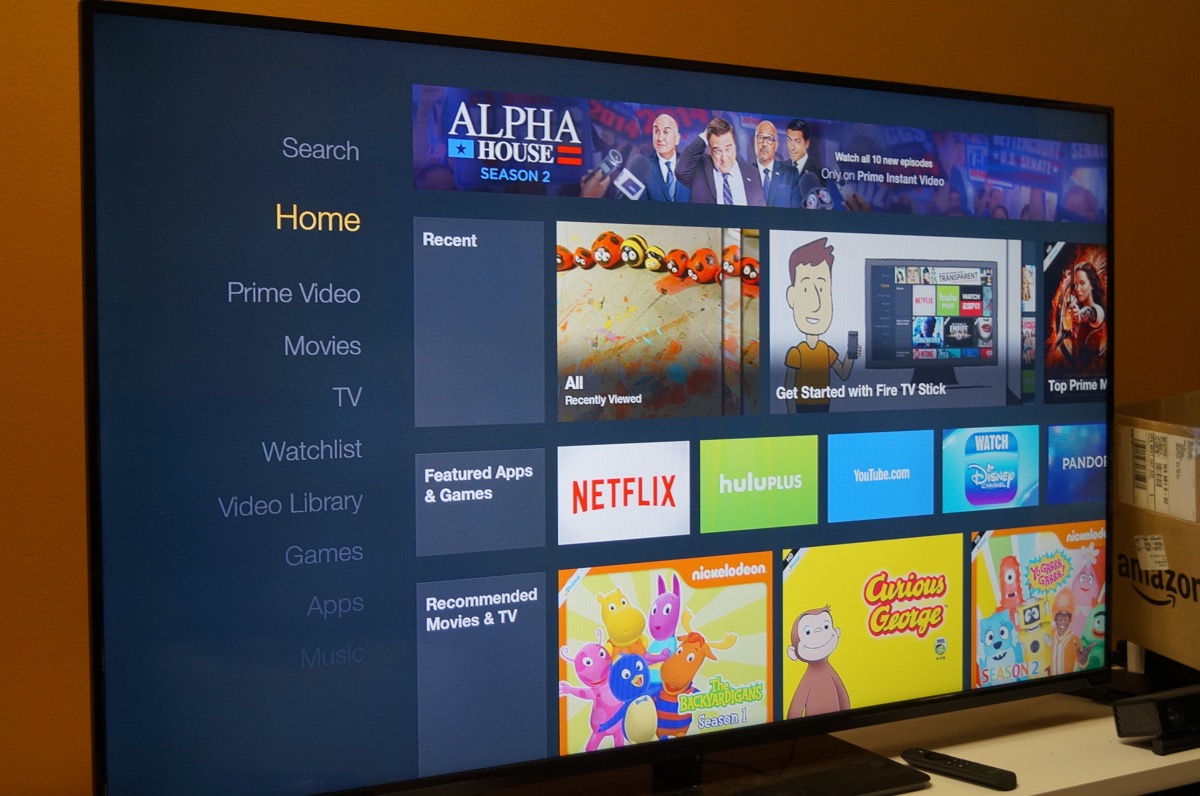

0 thoughts on “How Was Television Invented”